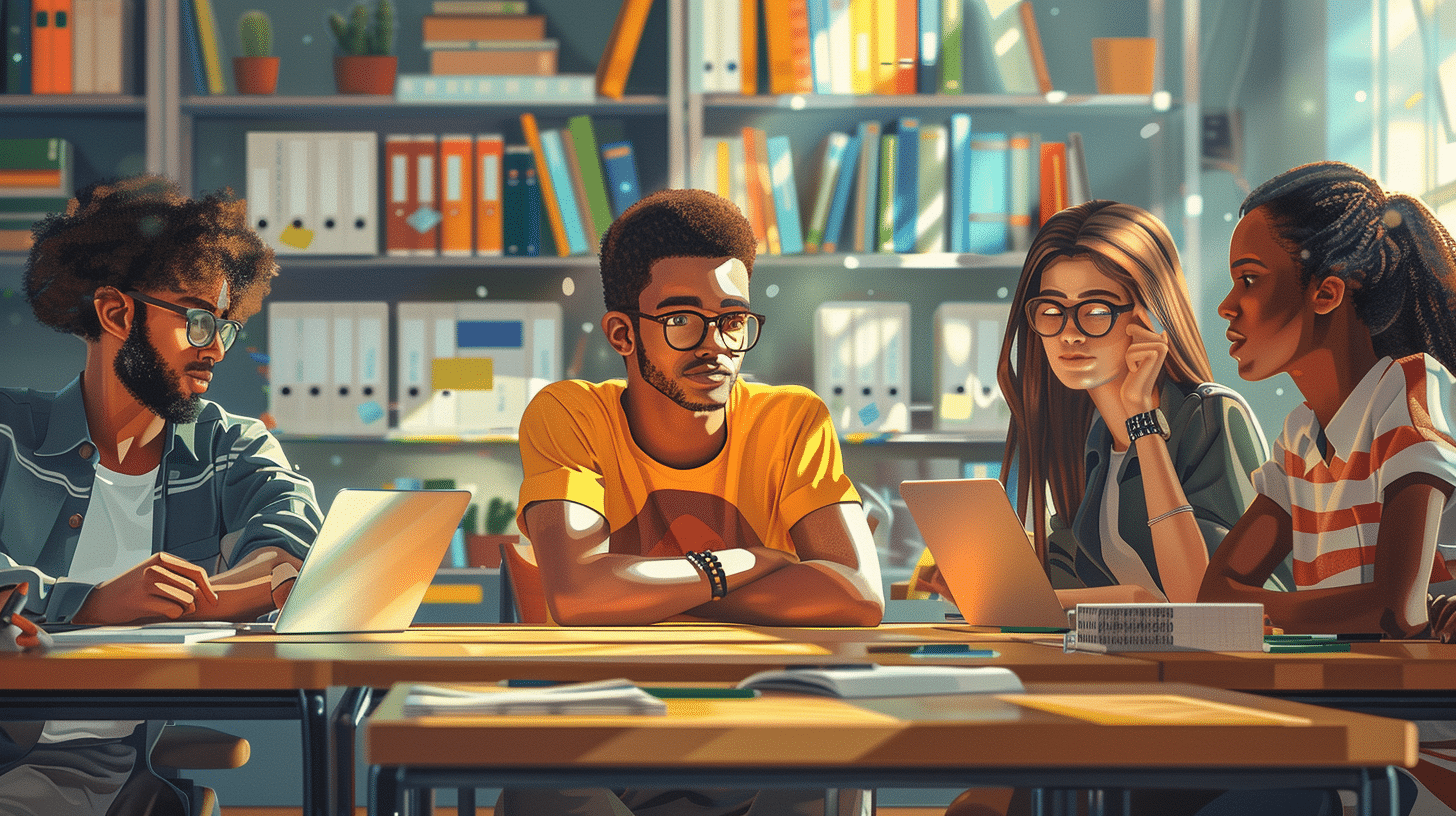### Understanding Basic Performance Art Terms in Urdu
Let’s start with some basic terminology related to performance arts. The word for “art” in Urdu is “فن” (fun), and “performance” is translated as “پرفارمنس” (performance). When talking about performance arts as a whole, you can use the phrase “پرفارمنگ آرٹس” (performing arts).
مجھے پرفارمنگ آرٹس کا بہت شوق ہے۔
(I am very fond of performing arts.)
### Delving into Theater Vocabulary
Theater, or “تھیٹر” (theatre) in Urdu, is a prominent part of the performing arts. Key components include “اداکار” (actor) for an actor, “اداکارہ” (adakarah) for an actress, and “ڈرامہ” (drama) for a play or drama.
وہ ایک مشہور اداکار ہے۔
(He is a famous actor.)
In discussions about the production, “ہدایتکار” (hidaayatkaar) refers to the director, while “منظرنامہ” (manzarnama) is used for the script.
ہدایتکار نے منظرنامہ بہت اچھا لکھا ہے۔
(The director has written a very good script.)
### Exploring Dance-Related Terms
Dance, or “رقص” (raqs) in Urdu, includes various styles and forms. A dancer is referred to as “رقاص” (raqaas) for a male and “رقاصہ” (raqaasah) for a female. Choreography, an essential aspect of dance, is known as “کوریوگرافی” (choreography).
رقاصہ نے خوبصورت رقص پیش کیا۔
(The female dancer presented a beautiful dance.)
When discussing traditional dances, you might encounter “کلاسیکی رقص” (classical dance) for classical dance, which is an important genre in South Asian cultures.
کلاسیکی رقص میں گہرائی اور جذبات ہوتے ہیں۔
(Classical dance has depth and emotions.)
### Music Vocabulary in Urdu
Music, or “موسیقی” (mosiqi), plays a crucial role in the performing arts. A musician is called a “موسیقار” (mosiqaar) and a singer is known as “گلوکار” (gulookaar).
موسیقار نے خوبصورت دھن بنائی۔
(The musician created a beautiful melody.)
For specific musical roles, “سازندہ” (saazindah) refers to an instrumentalist, and “گیتکار” (geetkaar) denotes a lyricist.
سازندہ نے ساز بہت خوب بجایا۔
(The instrumentalist played the instrument very well.)
### Vocabulary for Modern and Fusion Performances
In contemporary settings, you might encounter a blend of traditional and modern forms, often referred to as “فیوژن” (fusion). This can apply to dance, music, or theater.
فیوژن موسیقی میں جدید اور روایتی دھنیں شامل ہوتی ہیں۔
(Fusion music includes both modern and traditional melodies.)
### Conclusion
Knowing the Urdu vocabulary for performance arts not only aids in better understanding and appreciation but also enables engaging conversations with speakers of Urdu. Whether you are watching a play, attending a dance performance, or listening to a music concert, these terms will enhance your experience and communication. Remember, the key to mastering any language is consistent practice and exposure, so immerse yourself in the rich world of Urdu performance arts.









